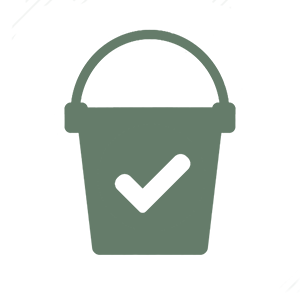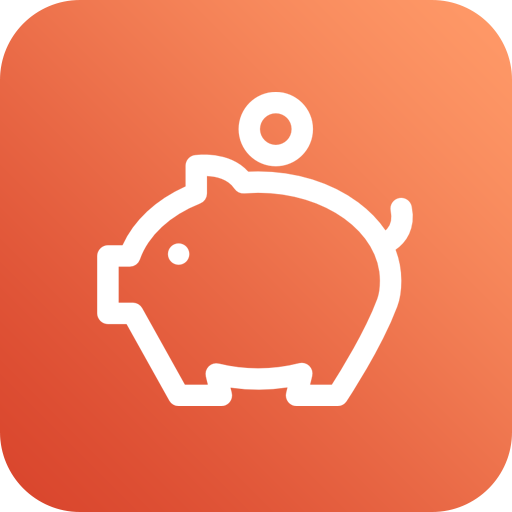In previous post, I showed you how to use Volley to make a simple request in Android application.
This time, I’ll show you the recommended way to make a JSON request using Volley and how to customize Volley request to take advantage of the GSON library.
A - Setting up a RequestQueue
Firstly, create the VolleyHelper class. This will be a singleton class where we store and init all core Volley objects:
public class VolleyHelper {
private static VolleyHelper INSTANCE;
private RequestQueue requestQueue;
private Context context;
private VolleyHelper(Context context){
this.context = context;
requestQueue = getRequestQueue();
}
public static synchronized VolleyHelper getInstance(Context context){
if(INSTANCE == null){
INSTANCE = new VolleyHelper(context);
}
return INSTANCE;
}
public RequestQueue getRequestQueue(){
if(requestQueue == null){
requestQueue = Volley.newRequestQueue(context.getApplicationContext());
}
return requestQueue;
}
public <T> void addToRequestQueue(Request<T> req) {
getRequestQueue().add(req);
}
}B - Make a JSON Request
Firstly, create the layout for our simple demo with one Button and one TextView to display the result:
<RelativeLayout xmlns:android="http://schemas.android.com/apk/res/android"
xmlns:tools="http://schemas.android.com/tools"
android:layout_width="match_parent"
android:layout_height="match_parent"
android:paddingLeft="@dimen/activity_horizontal_margin"
android:paddingRight="@dimen/activity_horizontal_margin"
android:paddingTop="@dimen/activity_vertical_margin"
android:paddingBottom="@dimen/activity_vertical_margin"
tools:context=".MainActivity">
<Button android:id="@+id/btnJSONRequest"
android:layout_width="fill_parent"
android:layout_height="wrap_content"
android:text="JSON Request"/>
<TextView android:id="@+id/tvResult"
android:layout_width="fill_parent"
android:layout_height="wrap_content"
android:layout_below="@+id/btnJSONRequest"/>
</RelativeLayout>In the MainActivity.java, we declare all indeed variables for all the controls and the JSON url:
Button btnJSONRequest;
Button btnGSONRequest;
TextView tvResult;
String url="http://icetea09.com/blog-files/demo_json";Make sure that you remember to inject all the variables to the proper controls in the layout:
btnJSONRequest = (Button)findViewById(R.id.btnJSONRequest);
btnGSONRequest = (Button)findViewById(R.id.btnGSONRequest);
tvResult = (TextView)findViewById(R.id.tvResult);Then, the most important step is creating a JsonObjectRequest:
final JsonObjectRequest jsObjRequest = new JsonObjectRequest
(Request.Method.GET, url, null, new Response.Listener<JSONObject>() {
@Override
public void onResponse(JSONObject response) {
tvResult.setText("Response: " + response.toString());
String textResult = "";
try {
JSONArray arrProducts = response.getJSONArray("products");
for(int i=0; i<arrProducts.length(); i++){
JSONObject productItem = (JSONObject)arrProducts.get(i);
textResult += "Name: " + productItem.getString("name") + "\n";
textResult += "Description: " + productItem.getString("description") + "\n";
textResult += "Price: $" + productItem.getString("price") + "\n\n";
}
tvResult.setText(textResult);
} catch (JSONException e) {
e.printStackTrace();
}
}
}, new Response.ErrorListener() {
@Override
public void onErrorResponse(VolleyError error) {
if(error != null) Log.e("MainActivity", error.getMessage());
}
});And add that JsonObjectRequest to RequestQueue in the Button click event:
btnJSONRequest.setOnClickListener(new View.OnClickListener() {
@Override
public void onClick(View v) {
VolleyHelper.getInstance(getApplicationContext()).addToRequestQueue(jsObjRequest);
}
});Run the project and enjoy the result:

C - Custom the Request with GSON
In this section, I’ll describe how to implement a custom request types, for types that don’t have out-of-the-box Volley support - GSON Request.
As you know that GSON is a very famous and effective library used for JSON converting. Follow this link if you want to learn more about GSON.
If you want to implement a custom request, you have to do 2 steps:
- Extend the Request - Implement the abstract methods parseNetworkResponse() and deliverResponse()public class GsonRequest<T> extends Request<T> {
private final Gson gson = new Gson();
private final Class<T> clazz;
private final Map<String, String> headers;
private final Response.Listener<T> listener;
public GsonRequest(String url, Class<T> clazz, Map<String, String> headers,
Response.Listener<T> listener, Response.ErrorListener errorListener) {
super(Method.GET, url, errorListener);
this.clazz = clazz;
this.headers = headers;
this.listener = listener;
}
@Override
public Map<String, String> getHeaders() throws AuthFailureError {
return headers != null ? headers : super.getHeaders();
}
@Override
protected Response<T> parseNetworkResponse(NetworkResponse response) {
try {
String json = new String(response.data, HttpHeaderParser.parseCharset(response.headers));
return Response.success(gson.fromJson(json, clazz),
HttpHeaderParser.parseCacheHeaders(response));
} catch (UnsupportedEncodingException e) {
return Response.error(new ParseError(e));
} catch (JsonSyntaxException e) {
return Response.error(new ParseError(e));
}
}
@Override
protected void deliverResponse(T response) {
listener.onResponse(response);
}
}public class Product {
private String id;
private String name;
private String description;
private String price;
public String getId() {
return id;
}
public void setId(String id) {
this.id = id;
}
public String getName() {
return name;
}
public void setName(String name) {
this.name = name;
}
public String getDescription() {
return description;
}
public void setDescription(String description) {
this.description = description;
}
public String getPrice() {
return price;
}
public void setPrice(String price) {
this.price = price;
}
}public class Products {
private List<Product> products;
public List<Product> getProducts() {
return products;
}
}final GsonRequest gsonRequest = new GsonRequest(url, Products.class, null, new Response.Listener<Products>() {
@Override
public void onResponse(Products products) {
String textResult = "";
for(int i=0; i<products.getProducts().size(); i++){
Product productItem = products.getProducts().get(i);
textResult += "Name: " + productItem.getName() + "\n";
textResult += "Description: " + productItem.getDescription() + "\n";
textResult += "Price: $" + productItem.getPrice() + "\n\n";
}
tvResult.setText(textResult);
}
}, new Response.ErrorListener() {
@Override
public void onErrorResponse(VolleyError volleyError) {
if(volleyError != null) Log.e("MainActivity", volleyError.getMessage());
}
});btnGSONRequest.setOnClickListener(new View.OnClickListener() {
@Override
public void onClick(View v) {
VolleyHelper.getInstance(getApplicationContext()).addToRequestQueue(gsonRequest);
}
}); As you can see, I added one more button called GSON Request. That's all for this post, hope you enjoy this! :D
As you can see, I added one more button called GSON Request. That's all for this post, hope you enjoy this! :D


